Designing the Dell way
SINGAPORE — For the average consumer, the design of a technological product only consists of how beautiful it looks at home or in your hands.
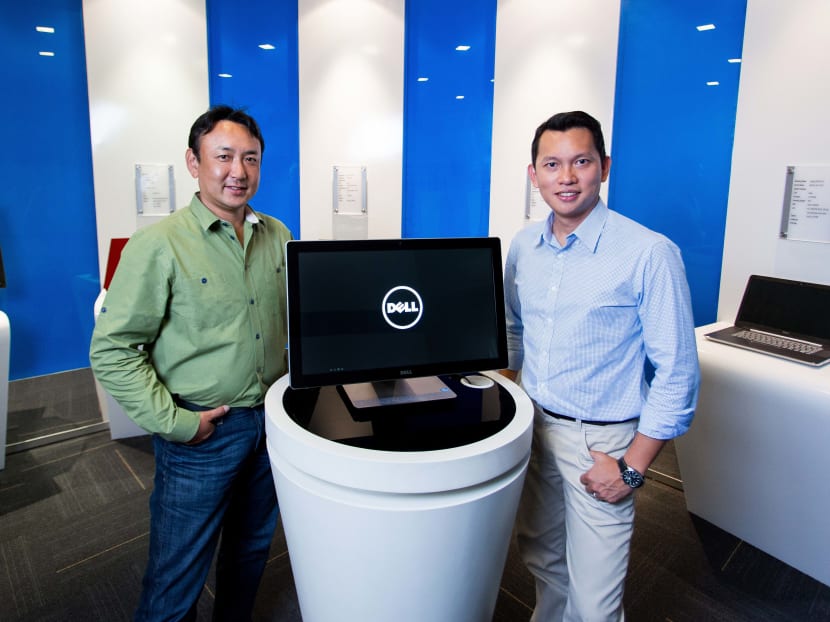
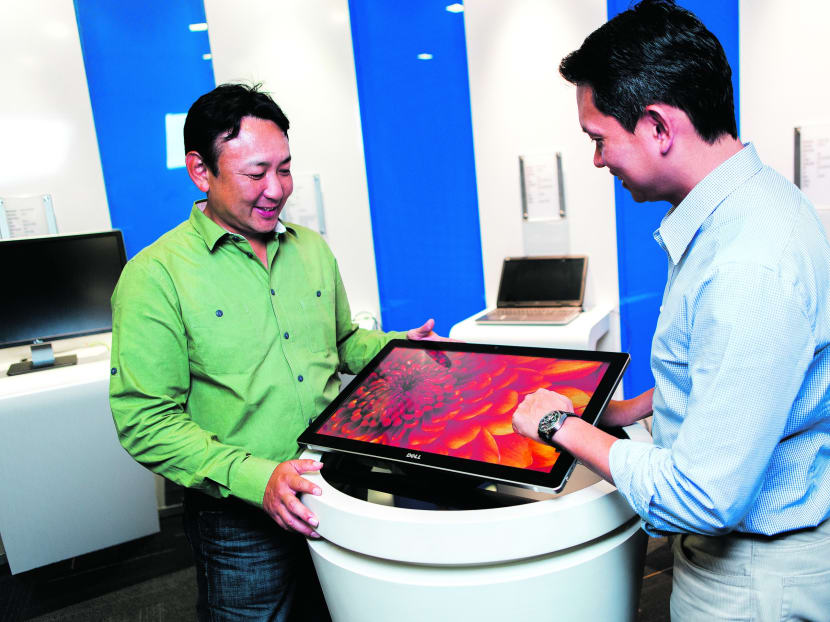
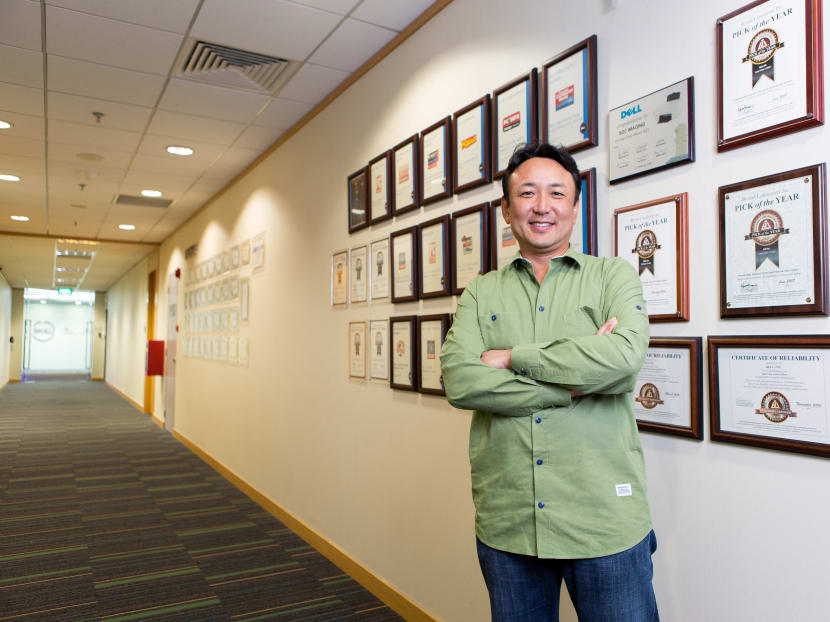
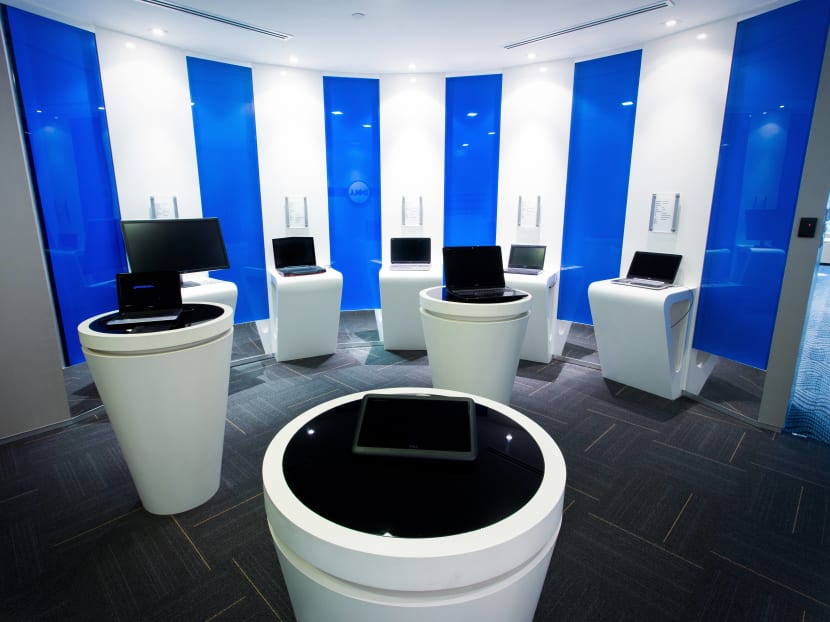
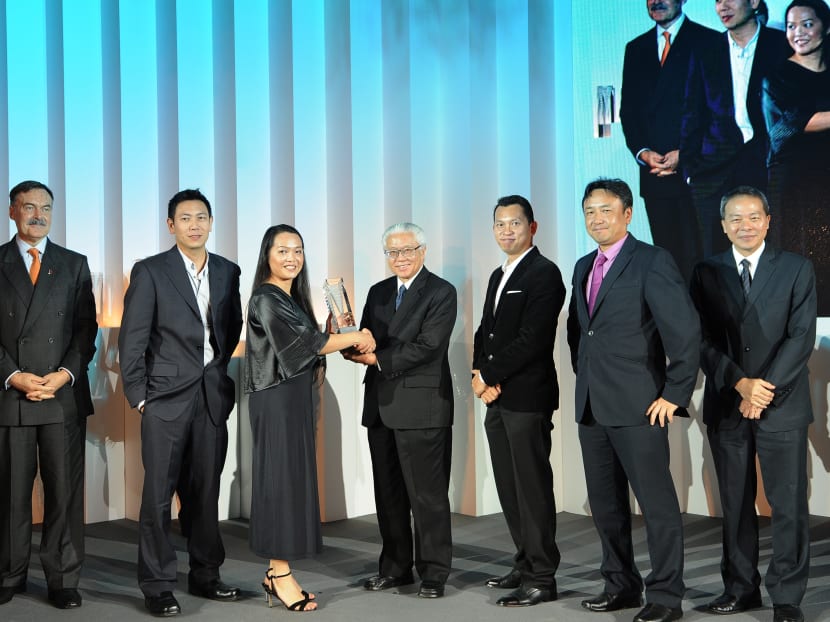
SINGAPORE — For the average consumer, the design of a technological product only consists of how beautiful it looks at home or in your hands.
But making a product that looks good is not enough, Dell’s design team says. And that philosophy has helped them win back-to-back President’s Design Award. The Singapore design centre, set up in early 2006, focuses on fixed computing — more commonly known as desktops — and is responsible for designing thousands of products, which are shipped globally.
“We design everything the consumer touches,” said Mr Mac Toshiyuki Tanaka, Director of Dell’s Experience Design Group.
“That covers a whole lot of things. Not just how the product looks or its packaging. It includes how the packaging is opened, what you see first, what does that person do first in order to start using the product that we design. These are all the touch points we need to consider and we focus on how we can refine that experience even further one generation after another.”
This end-to-end approach also means that the team has to consider how the products they have designed are packed into containers before being shipped from factories to showrooms across the world, and even how such products are carried or delivered out of stores and into their customer’s house. The entire design process usually lasts around two years, Dell’s design team told TODAY.
The team’s attention to every minute detail was evident as they showed off their 3-in-1 Inspiron computer – the product which was a recipient of last year’s President’s Design Award.
The Inspiron featured an adjustable stand that allowed the touch-screen to be used as both a regular screen and as an interactive touch-pad which allowed families with young children to play touch-screen games.
It is also at least 50 per cent slimmer than its predecessor and the processing unit was placed at the base to make it easier for users to adjust the screen. Even the tiniest of details such as placing rubber studs at the base of the CPU to prevent furniture being scratched was installed to provide consumers with a better experience.
“This product is different from previous generations in terms of how we pushed the design of the product. We understand that different consumers have different ways of using our products and this product complemented that,” said User Experience Consultant KC Wong.
“We also looked at the details like how consumers would tilt the screen and we made it such that adjustments could be done easily with just one hand.”
Dell also won the President’s Design Award in 2012 for the XPS 27 all-in-one desktop computer.
The XPS line of products represent the best Dell has to offer, and the fact that an Inspiron product — which represents the computer maker’s low to middle tier offerings — is a significant achievement, according to Mr Tanaka.
“It shows that what we have done for the XPS can be brought over to Dell’s other range of products over time,” he said.
Despite their recent success, Dell’s design team is focused on keeping their designs simple and functional even as consumers desire for flashier products with more features to give them more value for their money.
Senior Industrial Design Consultant Chan Wai Lim said: “Our key philosophy is still to design products that improve user lifestyles. What our customers appreciate is space savings, compactness, and how well the product fits to modern interiors.
“We will reduce what we can reduce and simplify what can be simplified. These designs reflect on our brand so we have to be perfect.”








